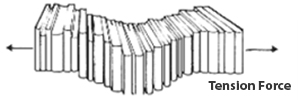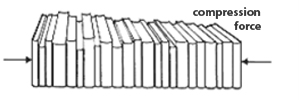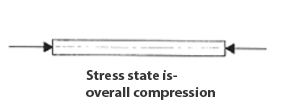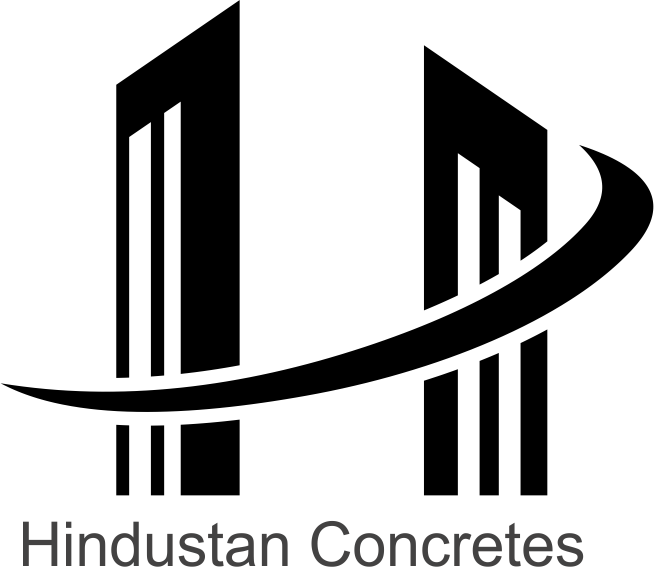Introduction
Introduction On Prestressed Concrete Pole And Its Advantages
Prestressed Concretes
Pre-stressed concrete is the application of compressive stresses to concrete members. The zones of the member ultimately required to carry tensile stresses under working load conditions are given so that the tensile stresses developed by these working loads are balanced by induced compressive strength. Pre-stress can be applied in two ways: pre-tensioning and post-tensioning.
Pre Tensioning
Pre-tensioning is applied before casting the tensile force to high-tensile steel tendons around which the concrete will be cast. When the placed concrete has developed sufficient compressive strength, a compressive force is imparted to it by releasing the tendons so that the concrete member is in a permanent pre-stress state.
Advantages
Pre-stress concrete offers distinct advantages over ordinary reinforced concrete:
It minimizes the effort of cracks in concrete elements by compressing the concrete.
It allows reduced beam depths to be achieved for equivalent design strengths.

They are resilient and will recover from the effects of a greater degree of overload than any other structure material.
If the member is subject to overload, cracks that may develop will close up upon removing the surplus.

It enables entire elements and structures to be formed from several precast units. e.g., segmented and modular construction.
Lighter elements permit longer-spanning members with higher strength-to-weight characteristics.

The ability to control deflection in pre-stressed beams and slabs permits longer life spans.
